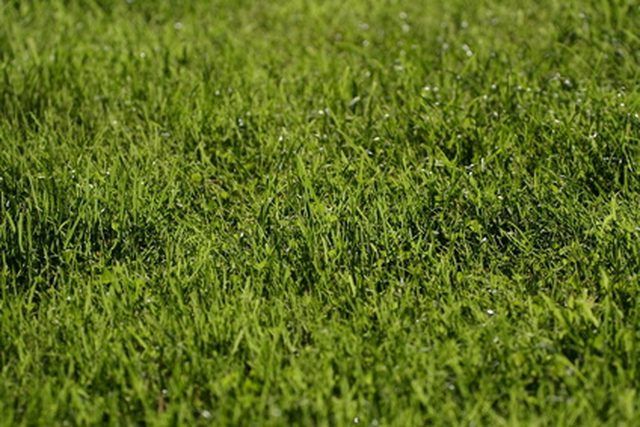Bulbs
Flower Basics
Flower Beds & Specialty Gardens
Flower Garden
Garden Furniture
Garden Gnomes
Garden Seeds
Garden Sheds
Garden Statues
Garden Tools & Supplies
Gardening Basics
Green & Organic
Groundcovers & Vines
Growing Annuals
Growing Basil
Growing Beans
Growing Berries
Growing Blueberries
Growing Cactus
Growing Corn
Growing Cotton
Growing Edibles
Growing Flowers
Growing Garlic
Growing Grapes
Growing Grass
Growing Herbs
Growing Jasmine
Growing Mint
Growing Mushrooms
Orchids
Growing Peanuts
Growing Perennials
Growing Plants
Growing Rosemary
Growing Roses
Growing Strawberries
Growing Sunflowers
Growing Thyme
Growing Tomatoes
Growing Tulips
Growing Vegetables
Herb Basics
Herb Garden
Indoor Growing
Landscaping Basics
Landscaping Patios
Landscaping Plants
Landscaping Shrubs
Landscaping Trees
Landscaping Walks & Pathways
Lawn Basics
Lawn Maintenance
Lawn Mowers
Lawn Ornaments
Lawn Planting
Lawn Tools
Outdoor Growing
Overall Landscape Planning
Pests, Weeds & Problems
Plant Basics
Rock Garden
Rose Garden
Shrubs
Soil
Specialty Gardens
Trees
Vegetable Garden
Yard Maintenance
What Is Rye Grass?
What Is Rye Grass?. Among the most popular lawn grasses in the cool regions of Europe and in the Northeastern and Northwestern United States, rye grass seeds can be mixed with other grass seeds such as bluegrass to make a wearable, lush lawn. Native to Eurasia and Northern Africa around the Mediterranean, rye grass diminishes in dry soils or hot...

Among the most popular lawn grasses in the cool regions of Europe and in the Northeastern and Northwestern United States, rye grass seeds can be mixed with other grass seeds such as bluegrass to make a wearable, lush lawn. Native to Eurasia and Northern Africa around the Mediterranean, rye grass diminishes in dry soils or hot summer weather, but remains greener if lightly shaded in such conditions. Provide full sun and moist fertile soils for best growth.
Types
While there are about 10 species of rye grass (Lolium spp.), two species gain widespread use in North America and Europe: perennial rye grass (Lolium perenne) and Italian rye grass (Lolium multiflorum). The latter is an annual plant, typically surviving for only one growing season although in mild but cool, moist regions it may survive two to three years, according to Penn State University. Many varieties of rye grass exist today, usually the result of genetically crossing perennial and Italian species.
Features
Rye grass produces many green leaf blades and stems called tillers that are flat and narrow. Plants become bunched tufts. Perennial rye grass creates a finer textured carpet while the texture of Italian rye grass is a bit coarser. Flowers on all species are yellow but inconspicuous, often partially hidden by the leaves. Perennial rye grass needs a cool winter dormancy and long days to produce flowers and set seed while Italian rye grass flowers and drops seed at any time during growth.
Uses
The rapid germination of freshly sown seeds and fast growth of seedlings makes rye grasses great for establishing lawns or for erosion-control in cool summer regions or when sown as a temporary ground cover from fall to spring. Perennial rye is exceptional for use in golf courses or other sport playing fields. Italian rye is best mixed with other grasses to create a nice lawn. All rye grasses also make excellent forage for grazing animals when left uncut since they are fast-growing and easily digested, according to Penn State University.
Growing Requirements
Sow rye grass seeds in a fertile, non-alkaline soil that is moist but well-draining, receiving about 1 inch of water weekly. In cool to warm summer climate areas, provide full sun exposure with more than six hours of direct sun daily. In areas where summers are hot and long, rye grass needs additional irrigation and some dappled afternoon shade to remain green and lush. Seeds are best sown in very late summer, just before the autumnal equinox, or in mid-spring. Sow in very late summer and early fall in regions with hot summers so you enjoy the deep green color of the rye grass from fall to late spring. Mow rye grass lawns at a height of 1 to 2 1/2 inches; the shorter it is cut, the more frequently it must be mown to maintain its stature.
Limitations
Fungal root and foliage problems plague rye grasses frequently since they grow in moist, cool soils. These grasses also quickly falter in dry soils and can be fully killed in droughts if not irrigated; they re-sprout from seeds once cool, moist weather returns. Overall, rye grasses do not make good lawns in regions with very cold winters or long hot summers. Texas A&M University also warns that that sod cutworms and webworms like to chew on rye grasses, and may become a nuisance.